When it comes to designing an effective strength training routine, one of the fundamental decisions to make is how to split your workouts. The upper body vs. lower body split is a popular option that has been embraced by gym-goers of all experience levels. But the question remains: which is best for your goals? Understanding how upper and lower body splits work, along with the benefits and limitations of each, will help you determine the most effective approach for you.
Both upper body and lower body split training offer unique advantages, but finding out which one suits your fitness objectives, schedule, and preferences is key. This article will break down the pros and cons of each split type, helping you decide which program will bring you closer to your goals—whether that’s increased muscle mass, improved strength, or overall fitness.
Understanding Upper Body vs. Lower Body Splits
An upper body and lower body split involves dedicating separate workouts to train the muscles of the upper body and lower body. This split typically involves alternating workout days, such as training the upper body on one day and the lower body on the next. This type of routine is generally repeated two to three times per week, allowing for well-rounded development of all major muscle groups.
On an upper body day, you focus on muscle groups like the chest, back, shoulders, biceps, and triceps. Lower body days involve exercises that target the quadriceps, hamstrings, glutes, and calves. Depending on your level of experience and goals, you may also incorporate core exercises into both days to ensure balanced training.
Benefits of Upper Body and Lower Body Splits
1. Efficient Use of Training Time
Upper/lower splits provide a great balance between volume and frequency. By splitting the muscle groups between two types of workouts, you can dedicate more time and intensity to each major muscle group without spending hours in the gym. This structure helps prevent overtraining, as each muscle group gets at least 48 hours of rest between sessions.
This split also allows for efficient workouts if you have limited time. Instead of attempting to hit the entire body in one workout, you can focus on a smaller number of muscle groups, allowing you to give each exercise your full attention and effort.
2. Recovery and Muscle Adaptation
By separating upper and lower body training, you allow specific muscle groups more time to recover. This is particularly important when working towards hypertrophy and strength gains. Recovery is when muscles repair and grow, and giving each half of your body its own focus ensures you won’t hinder your progress with insufficient rest.
When you train your upper body one day and your lower body the next, you effectively distribute the workload, making it possible to train more frequently without overworking any particular muscle group. This approach is ideal for those who want to maintain consistent training throughout the week.
3. Strength Balance and Symmetry
Using an upper/lower split can help maintain balanced development between the upper and lower body, which is critical for both aesthetic purposes and functional strength. Overemphasizing one area of the body can lead to imbalances, which not only affect your appearance but can also result in injuries. A dedicated split ensures that you are targeting each area consistently.
Potential Downsides of Upper/Lower Splits
While upper/lower splits work well for many individuals, they do have some potential downsides to consider:
- Higher Frequency Requirement: To achieve optimal benefits from upper/lower splits, it’s generally recommended to train four times a week. This allows each muscle group to be hit twice, ensuring adequate stimulus for growth. If you struggle to find time for four weekly sessions, you might not see the best results from this approach.
- Fatigue During Sessions: By training all upper or all lower body muscles in one session, fatigue can become an issue, especially with compound movements. For instance, your triceps might be too fatigued after pressing exercises to effectively perform other isolation movements, such as tricep pushdowns. This could potentially limit the intensity of some exercises and, in turn, the gains you make.
Alternative Approach: Total Body Splits
If you find that training four times a week is not feasible, you might consider total body training as an alternative. Total body workouts allow you to target each muscle group during every session, and they can be particularly effective for beginners or those with limited time. However, total body workouts often require a careful balance of volume and intensity to prevent overtraining.
Benefits of Upper Body vs. Lower Body Training
Now, let’s take a closer look at the benefits of training the upper body and lower body separately, and how each of these helps you achieve your fitness goals.
Upper Body Training
Focusing solely on the upper body allows you to target specific muscles of the chest, shoulders, back, biceps, and triceps with precision and intensity. Here are the main benefits of a dedicated upper body day:
- Better Isolation: By focusing exclusively on the upper body, you can isolate each muscle group more effectively. This is ideal if you want to bring up a specific area, such as building bigger biceps or a wider back.
- Increased Strength: Compound movements like the bench press, pull-ups, and overhead press help build significant strength across multiple upper body muscle groups. An upper body day allows you to put maximum effort into these lifts without the fatigue of training the lower body.
- Aesthetic Goals: Many individuals prioritize building a well-developed chest, back, and arms for aesthetic reasons. Upper body days provide the opportunity to focus on these areas with sufficient volume.
Lower Body Training
Lower body days are designed to focus on muscle groups including the quadriceps, hamstrings, glutes, and calves. Here are the benefits of lower body training:
- Foundation of Strength: Lower body strength forms the foundation of functional fitness and athleticism. Movements like squats and deadlifts engage not only the legs but also the core and back, making them essential for overall strength development.
- Calorie Burning: Lower body exercises are typically larger compound movements that engage many muscle fibers. This results in higher caloric expenditure, making lower body workouts highly effective for those looking to burn fat and improve overall fitness.
- Building a Strong Posterior Chain: Lower body days allow you to specifically target muscles like the hamstrings and glutes, which are critical for athletic performance, stability, and injury prevention.
Which Split Works Best for You?
Choosing between an upper body and lower body split ultimately comes down to your goals, fitness level, and schedule. If your primary goal is building muscle mass and you can commit to training four times per week, upper/lower splits are an excellent choice as they provide an optimal balance between volume, frequency, and recovery.
If you are relatively new to strength training or you have limited time to dedicate to the gym, a total body split may be more beneficial. This approach ensures that you work each muscle group multiple times per week without requiring a significant time commitment.
For those interested in improving strength balance and achieving well-rounded development, upper/lower splits are ideal, as they ensure that all muscle groups receive dedicated attention without overworking any specific area. Additionally, if you enjoy variety and want to consistently switch things up, an upper/lower split provides the flexibility to incorporate a range of different exercises.
If your schedule is unpredictable, and committing to a four-day split seems overwhelming, you may prefer a push/pull/legs split or full-body workouts. These programs still allow you to hit all major muscle groups but may be better suited to individuals who need more flexibility.
Structuring Your Upper/Lower Split Program
A common approach to an upper/lower split is to train four times per week, alternating between upper and lower body days. For example:
- Monday: Upper Body
- Tuesday: Lower Body
- Thursday: Upper Body
- Friday: Lower Body
During upper body sessions, include exercises such as bench press, pull-ups, overhead press, rows, bicep curls, and tricep extensions. For lower body days, incorporate squats, lunges, deadlifts, calf raises, and hip thrusts.
You can adjust the program based on your experience level and specific goals. For instance, beginners might benefit from fewer sets and reps with an emphasis on learning proper technique, while more advanced lifters can increase volume and intensity.
Final Thoughts on Choosing Your Workout Split
Both upper and lower body splits provide an effective framework for strength training. The key is to evaluate your personal goals, fitness level, and time availability. By understanding the benefits and potential drawbacks of each split type, you can create a balanced, consistent training routine that aligns with your needs and helps you reach your fitness goals.













